Growing verbena outdoors
What is remarkable about vervain, planting and caring for which is offered to curious readers? Small flowers, faint, subtle aroma. But, having looked closely, I no longer want to part with it, and the name "verbena" sounds poetic and mysterious. In the writings of Pliny, it is said that this flower was used during sacrifices and vows.
Plant features
A few words about the appearance of the flower and the place of its growth. The number of species is about 200. It grows in America and on the Eurasian continent from Europe to Central Asia. It is a grass or semi-shrub, there is an ampelous variety. Most species are grown every year from seed, perennials include straight verbena.
The appearance is quite diverse. Stems can be straight and creeping, smooth or hairy. Leaves grow opposite each other or alternately, with jagged or solid edges. Small flowers smell nice. They are arranged in scutes or panicles.
Planting seeds and seedlings
Verbena is planted in open ground with seedlings, cultivation begins from seeds. Growing them yourself is not difficult if you know how to do it. Seeds are planted for germination no earlier than March, because verbena is photophilous. The seeds planted in January will not germinate well. Seed germination lasts about three years. The lowest percentage of germination is in garden verbena (30%). Beautiful verbena germinates best of all (70%).
You need to sow seeds in light soil or clean sand. It is not necessary to embed them in the soil, it is enough to spread them on a damp substrate surface and cover with foil or glass. The soil box can be placed on the central heating battery for two days while the seeds hatch. Then it must be rearranged on the sunniest windowsill. The sprouts will appear in a week. After about a month, they are dived, seated in different containers of small diameter. The soil is made more nutritious, fed with nitrogen supplements.
In order for the stems to bush, with the appearance of the sixth leaf, it must be carefully pinned. When the threat of nighttime cold snaps passes, the seedlings are planted in the open field. The distance between the bushes should be 30 cm. It is better to plant seedlings at the end of the day, after watering the wells.
Care features
Plants prefer moderately fertile limed soil and light, open areas. They are not afraid of cold and drought. But, like all horticultural crops, they need care and attention.
Verbena bushes, abundantly and constantly blooming all warm seasons, will be evidence of proper care. Plants need to be watered and fertilized on time, but the main thing is not to overdo it. Too much nitrogenous fertilizer will increase the growth of stems and leaves, but flowering will stop.
Watering the plants is done in moderation. This is due to the tendency of vervain to become sick with powdery mildew with an excess of moisture. During the summer, they are fed once a month with complex fertilizer. Regular watering is especially important in the first weeks after planting outdoors. Some vervains are grown in a hanging planter. This is basically an ampelous variety. When planting in a flower bed, you can sprinkle the creeping shoots with earth (they will root well).
Varieties
The cultivation of common verbena as a cultivated plant begins in the eighteenth century.
- Verbena hybrid. These are numerous garden forms of complex origin that have appeared since the middle of the 19th century. Its stems are creeping or erect with numerous branches. Height from twenty to 50 cm.The leaves are oblong or triangular, pubescent, like the stems, with colorless hairs. Flowers of the most varied colors and sizes smell good. They are collected in inflorescences, consisting of fifty flowers. The flowering period is the same as that of the common verbena.
- Large-flowered. About half a meter in height with large flowers, creeping stems and erect shoots.
- Low compact. Its height does not exceed thirty centimeters, the shoots are short, the flowers are small.
- Ampelnaya the variety has thin branching shoots about half a meter long. Growing in pots and balcony boxes has an advantage over planting in flower beds. Ampel verbena is represented by varieties with a wide variety of colors.
- Verbena hard grows in large bushes up to one and a half meters high.
Popular varieties
Each variety has a characteristic color of flowers and other characteristics inherent only to it. Growing several varieties of various colors in one flower bed allows you to create wonderful compositions and patterns.
- "Kenegsblau" - the height of the bushes is forty centimeters, the flowers are dark purple, velvety. Inflorescences are six centimeters in diameter with small one and a half centimeter flowers.
- "Rosakenigen" is like the previous grade. The flowers are slightly larger, pink in color, with a light pink eye in the center.
- "Cyclops" - dark blue flowers with a white eye.
- "Shniekenigin" - about half a meter high, with white flowers.
- Etna - ten centimeters lower than the previous grade, with bright red flowers that have a creamy eye in the middle.
- "Diffiance" - the height of the bushes is about 30 cm. The flowers are rich bright red.
- "Ruby" - grows in the form of spherical bushes, up to 25 cm high, with purple-red flowers.
- Spectrum Mouth - compact bushes up to 30 cm high with dark red velvety flowers that do not fade in the sun, unlike most varieties.
- New varieties "Temari", "Tukana" and "Tapien" resistant to the causative agent of powdery mildew, from which all others suffer to a large extent. Plants are also immune to adverse weather conditions and are not a hassle to grow. "Temari" and "Tapien" can be planted not only in the open field, but also all year round in winter greenhouses as ground cover plants.
- Popular varieties for flower beds are "Blaze" - a scarlet, profusely blooming small bush up to 25 cm high - and "Tropic", also scarlet, only creeping.
- "Amethyst" and "Blue Lagoon" will delight you with bright blue flowers.
- Peaches & Cream and Adoniz Mango with aging, change the color of the flower petals. Initially apricot orange, they become gradually creamy yellow and finally white with a creamy tint. This color transition makes the inflorescences very beautiful.
- The oldest variety with a great smell and large flowers - "Mammut", ampelous variety. The stems hang from the pots for half a meter. Previously, flowers were used for small bouquets.
In flower shops, you can most often buy mixtures of different varieties that differ in color, but are similar in resistance to powdery mildew, stem structure and other characteristics.
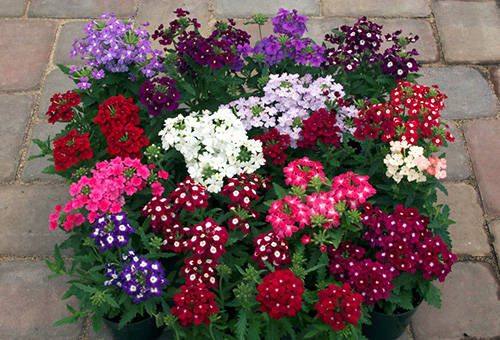
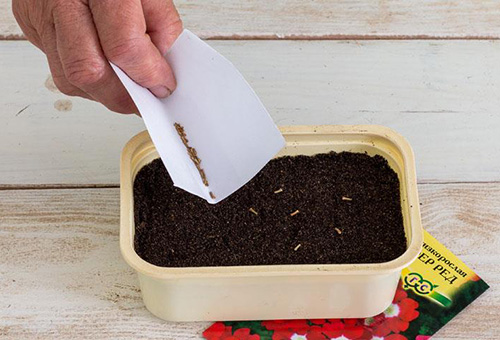
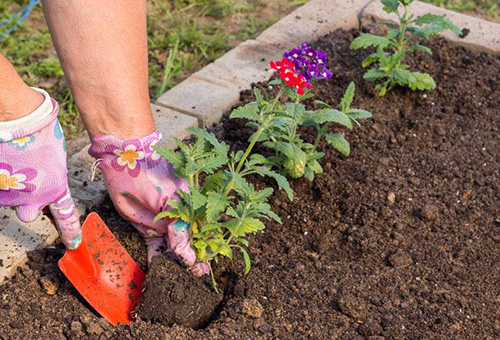

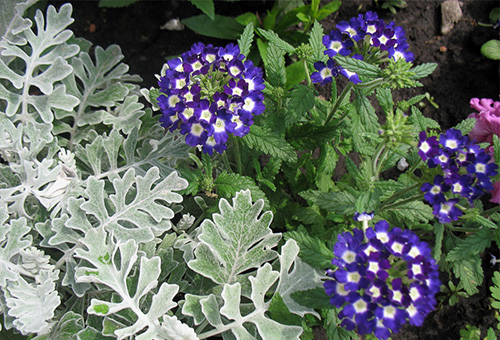
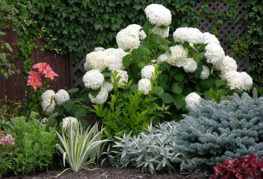
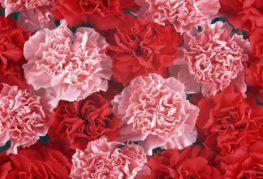

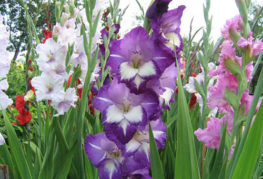
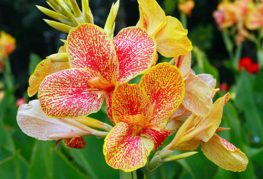
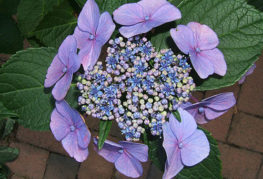
and will be published shortly.